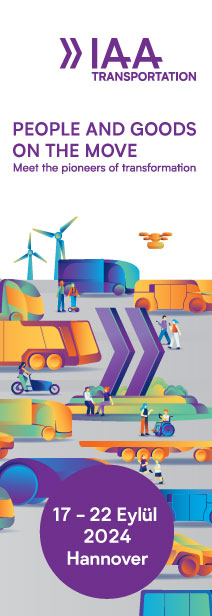Sensible 4, Ruter, mobility company Holo, and Toyota Motor Europe (TME) are collaborating to trial self-driving vehicles as an integrated part of the public transport service in the Oslo region in Norway for one year.
The partners have unveiled the vehicles to be used: Toyota Proace, equipped with autonomous driving software from the Finnish self-driving technology company Sensible 4. The Proace model is the right model to support this automated transportation solution with room for up to 6 passengers and equipped with a wheelchair ramp.
“Our engineers have been working closely with TME in the work of retrofitting the vehicle with our autonomous driving software. We are very proud of having conducted the largest retrofitting project with Toyota vehicles in Europe”, said Sensible 4 CEO Harri Santamala.
The purpose of the self-driving vehicle trials is to explore ways to integrate autonomous vehicles into Ruter’s public transport service and reduce the need for private car use in the area. The service will be called line 529 and will operate for a period of one year. By operating for such a long time it enables the partners to thoroughly test and ensure that the software truly works in all weather conditions in real-life situations.
Santamala said: “Autonomous vehicles complement the already existing public transportation network by providing new last-mile transportation services. We are very happy to see that Ruter wants to be at the forefront of this development. Together we can provide a smarter and more sustainable transportation form to people in their everyday life.”
Self-driving in Nordic conditions
Nordic weather conditions with snow and rain have repeatedly created problems for self-driving vehicles in Norway. To meet this challenge, Holo has decided to use Sensible 4 autonomous driving software in this project.
Sensible 4 autonomous driving software is the world-leading in self-driving under demanding weather conditions. The magic ingredient enabling all-weather performance is Sensible 4’s in-house methods and algorithms for effective 3D LiDAR data processing, intelligent sensor fusion system, artificial intelligence, and software controlling the vehicle platform.
“For self-driving vehicles to become mainstream, they have to work in everyday conditions, as in rain or snow. Driving in Norway is a great opportunity for us to test our software performance. If it works here, it works everywhere.” added Santamala.
Increasing the speed of the vehicles is another key priority in the coming phase of the project. Earlier self-driving pilots have been limited to a maximum speed of 18km/h. In this pilot, Sensible 4 autonomous vehicles will be driving up to the speed limit in the area of 30km/h. Autonomous vehicles anticipate traffic for two or three seconds into the future. In urban areas, when driving 30 or 40 km/h, the braking time and distance are short so stopping the vehicle can be executed safely and smoothly. Increasing the vehicles’ operating speed is likely to decrease the number of overtakings around them, thereby improving the flow and predictability of the traffic environment.
According to the plan, the people in Oslo will be able to start using the new travel offer in the first quarter of 2021. Until then, the two vehicles are first going to map the area and then carry out a total of five hundred hours of test operation without passengers on board, which is required by the Norwegian road authorities.










